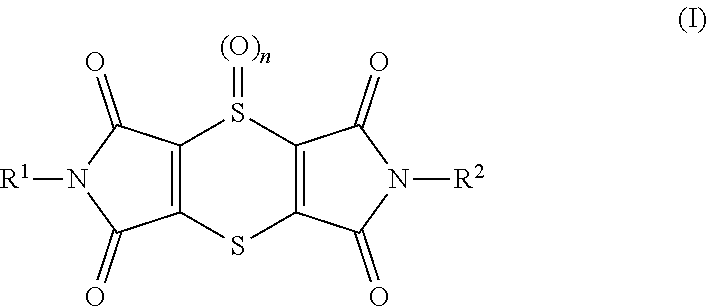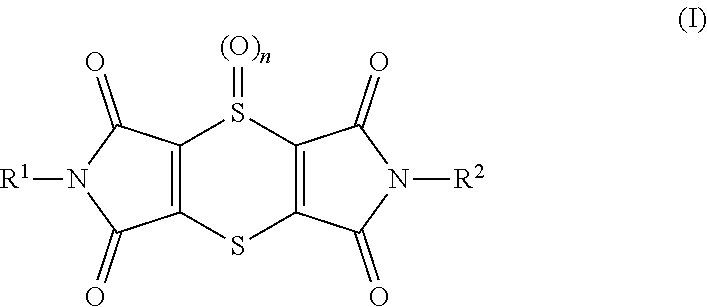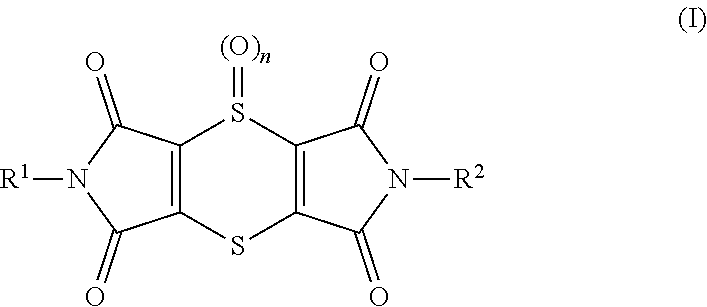Use of dithiine-tetracarboximides for controlling bacterial harmful organisms in useful plants
a technology of tetracarboximide and dithiinetetracarboximide, which is applied in the field of use of tetracarboximide for controlling bacterial harmful organisms in useful plants, can solve the problems of reducing production, reducing production, and affecting the production efficiency of the plan
- Summary
- Abstract
- Description
- Claims
- Application Information
AI Technical Summary
Benefits of technology
Problems solved by technology
Method used
Image
Examples
example 1
Pseudomonas syringae Disease on Tomato
[0164]This example illustrates the efficacy of a composition according to the invention against Psuedomonas syringae disease on Tomato (Bacterial speck).
[0165]A standard experiment was conducted in Spain in 2011 to evaluate the performance of BCS-BB98685 against bacterial speck of tomato caused by the bacteria Pseudomonas syringae pv tomato.
[0166]Tomato plants were grown under plastic tunnel. Plots were artificially inoculated with a suspension of bacteria and treated with different experimental chemical formulations using a conventional sprayer. Four chemical sprays were applied within 7 days intervals. One artificial inoculation was performed one day after the third application.
[0167]Disease assessment was done on 3 tomato plants per plot, 11 days after the last application. Infected leaflets were sorted in 3 classes according to a severity scale (Class 1=1 spot / leaflet; Class 2=2-5 spots / leaflet; Class 3=>5 spots / leaflet). Then results were ...
example 2
In Vitro-Test for the Calculation of the ED50-Value with Microorganisms
[0169]Wells of 96-hole microtitre plates are filled with 10 μl of a solution of the test compound in dimethyl sulfoxide (DMSO) and LB medium. Thereafter, into each well 190 μl of liquid LB medium is given that has been amended with an appropriate concentration of bacterial suspension.
[0170]With the aid of a photometer the extinction in all wells is measured at the wavelength of 620 nm. The microtiter plates are then transferred overnight onto a shaker at 28° C. and 85% relative humidity.
[0171]At the end of the incubation time the growth of the test organisms is measured again photometrically at the wavelength of 620 nm. The difference between the two extinction values (taken before and after incubation) is proportional to the growth of the test organism.
[0172]Based on the A extinction data from the different test concentrations and that of the untreated test organism (control) a dose-response curve is calculated....
PUM
 Login to View More
Login to View More Abstract
Description
Claims
Application Information
 Login to View More
Login to View More - R&D
- Intellectual Property
- Life Sciences
- Materials
- Tech Scout
- Unparalleled Data Quality
- Higher Quality Content
- 60% Fewer Hallucinations
Browse by: Latest US Patents, China's latest patents, Technical Efficacy Thesaurus, Application Domain, Technology Topic, Popular Technical Reports.
© 2025 PatSnap. All rights reserved.Legal|Privacy policy|Modern Slavery Act Transparency Statement|Sitemap|About US| Contact US: help@patsnap.com



